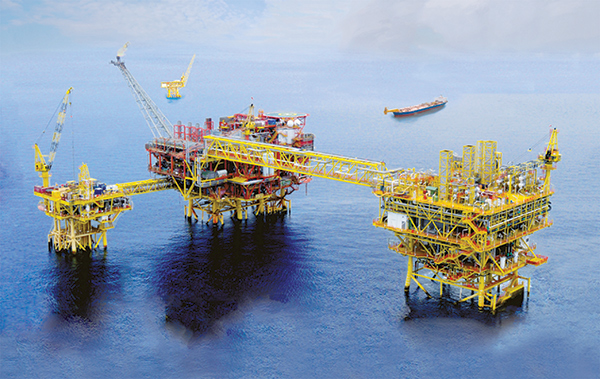Tapping into marginal fields in Sabah
Published on: Sunday, February 16, 2020
By: Adam Aziz

KOTA KINABALU: Petroliam Nasional Bhd (Petronas) has launched a new licensing round for four marginal field clusters, with the bidding process open from October 2019 to May 2020, according to the national oil firm’s Activity Outlook 2020-2022, reports The Edge.
Described as discovered resources opportunities (DRO) clusters, they are the Diwangsa and Rhu-Ara shallow water clusters located off the shores of Peninsular Malaysia, and the Kerisi and Bambazon clusters located offshore Sabah.
ADVERTISEMENT
The Diwangsa cluster comprises four fields about 275km off the shores of Kemaman, Terengganu, while the Rhu-Ara cluster comprises two fields 150km from the shores of Pahang.
The Kerisi cluster, 115km from the shores of Sabah, contains four fields with water depths averaging 1,200m to 1,500m.
The Bambazon cluster comprises two shallow water fields around 20km offshore northwest Sabah.
It has been six years since the national oil firm shelved the development of marginal oilfields in the country.
ADVERTISEMENT
In 2013, it opened its third risk-service contract (RSC) licensing round involving 10 marginal fields. At the time, Petronas formed its own unit, Vestigo Petroleum Sdn Bhd, to focus on the venture. Crude oil prices were above US$100 per barrel then, which made the development of marginal fields commercially viable.
In a nutshell, a marginal field is deemed as “stranded” and the risk of it becoming uneconomically viable is usually higher.
ADVERTISEMENT
Its development cost tends to be higher compared with conventional oilfields and the per unit cost could be substantially higher.
It has been reported that for such a field to be economically viable, the breakeven price has to be slightly above US$60/bbl relative to the barrel of oil raised — although some contractors have argued that it could be lower, depending on the geological structure of the oilfield.
Crude oil prices have bounced back from below US$30 in 2016 to their current range of US$50 to US$65 per barrel. Still, the price is far below the peak of US$100 in 2014.
Thus, that Petronas is relooking at developing marginal oilfields has raised some eyebrows.
The prolonged oil price crash of 2014 to 2016 was deemed to have reduced the industry’s appetite for such ventures.
Brent has averaged at US$64/bbl this year, and Petronas has benchmarked its oil price for working assumption at US$55/bbl for next year, although market watchers are expecting prices to rise to the “new norm” of US$70/bbl in the long run.
Meanwhile, it is unclear what model Petronas will deploy to develop the marginal fields this time around.
Under the RSC structure — awarded in 2011 — Petronas took on the development risk, with contractors reimbursed for the capital expenditure incurred during the undertaking.
Stay up-to-date by following Daily Express’s Telegram channel.
Daily Express Malaysia




